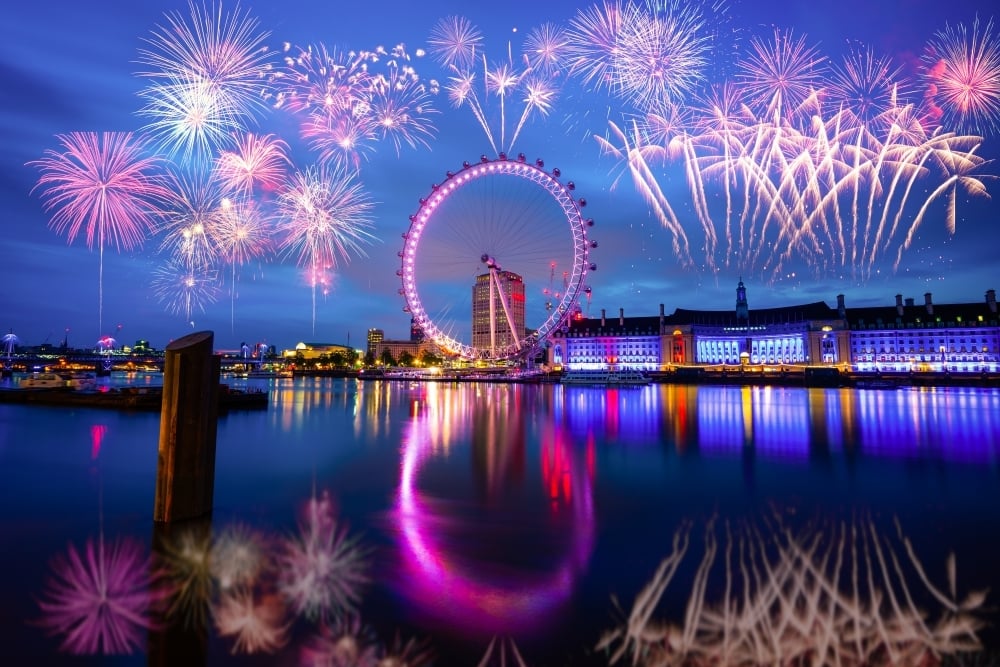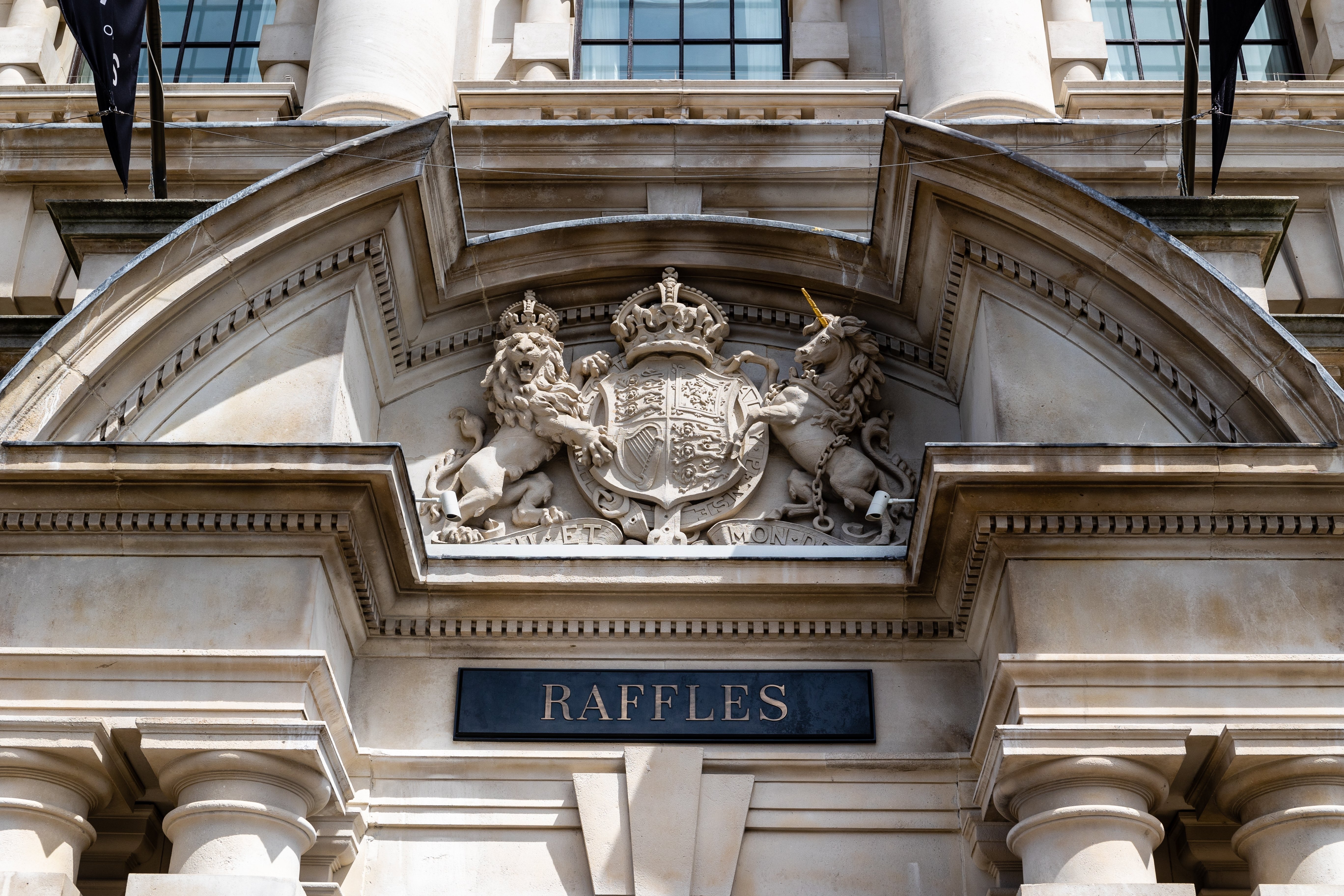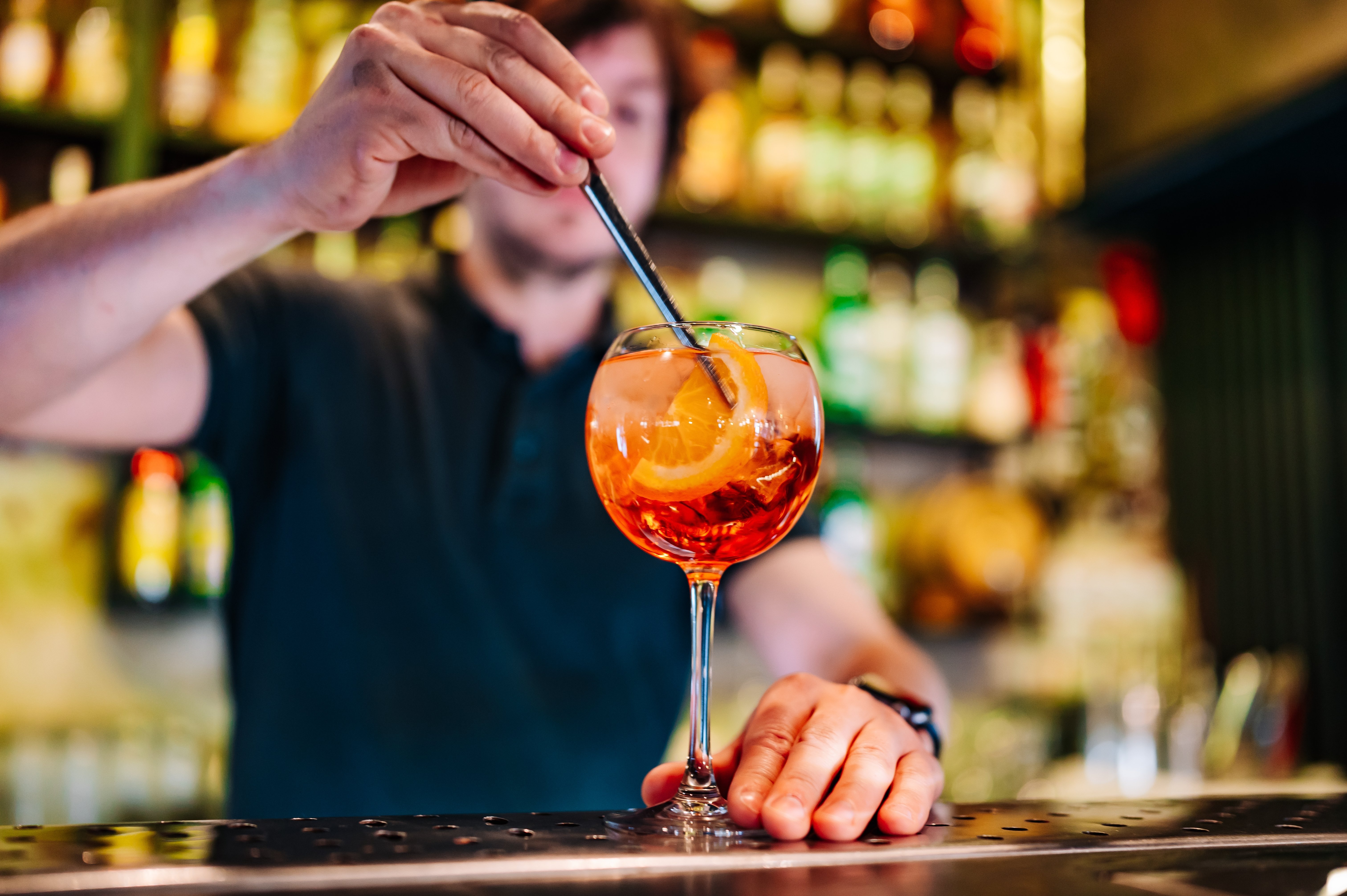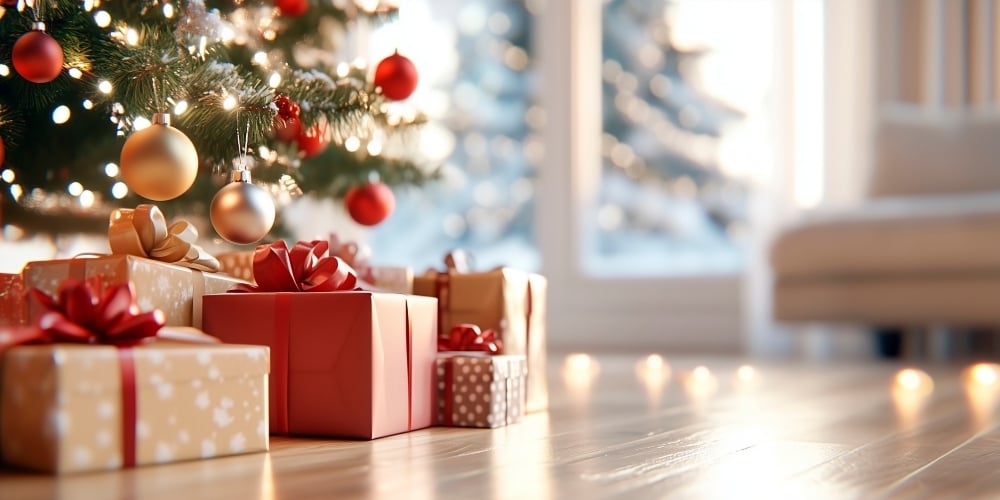Inside The London Jazz Festival
Rooted in the city’s earlier Camden Jazz Weeks of the 1970s and formally established in 1992, the London Jazz Festival has evolved from a modest local event into one of Europe’s largest and most ambitious musical gatherings. It celebrates not just the breadth and extent to which jazz music has grown to be appreciated around the world, but also the spirit of collaboration and discovery that each November brings, when the festival draws artists from across the globe and weaves them into ten days of performances.
It would be doing jazz a disservice for this experience to be entirely contained in just a single stadium or exhibition hall; instead, the London Jazz Festival is built to be discovered. A headline act at the Barbican one night, followed by an experimental trio in a Dalston basement the next, that sense of journeying from one different venue to the next – trekking off the beaten path to find something unique – is as built into the experience of jazz music as any instrument or key. It’s within this space that the appeal of London as a hotbed for jazz is found, and why the festival’s popularity continues to endure.
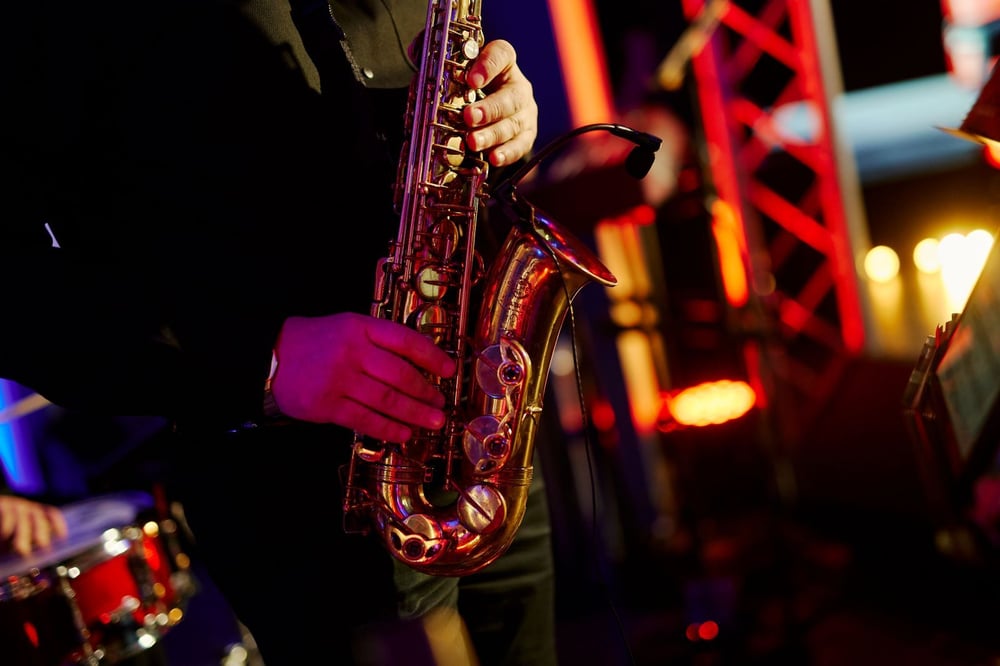
Bringing Jazz Across the Capital
When producers Serious launched the first London Jazz Festival in 1992, they followed the ethos of Camden Jazz Week, an event that had already been bringing international musicians to North London since the mid-seventies, albeit on a much more localised level. From the outset, the emphasis was on expanding the programming, with everything from big-band swing and bebop sitting alongside improv performances, global fusions and new commissions.
As the years passed, that mix only grew richer, making the festival as much a snapshot of jazz’s future as a showcase for its past. Its legacy can be felt in the careers it has nurtured. Many British artists who now command international attention first appeared here as unknowns, often in small venues with the festival’s “Take Five” talent development programme behind them. The event also became a forum for ambitious large-scale projects, where artists could trial new work and compositions, live and to scale, a rarity in the world of jazz, which prides itself on backroom intimacy.
At its heart, major venues such as The Barbican, Royal Festival Hall and Cadogan Hall host the festival’s flagship concerts, with acoustics and space that could harbour an entire orchestra. These stages have seen tributes to jazz greats, world premières and star-studded line-ups that have only helped the festival grow further in appeal and scale, and yet, the festival’s soul is equally maintained in the smaller (but no less prestigious) spaces it occupies throughout its program.
Ronnie Scott’s in Soho, the Vortex in Dalston, the 606 Club in Chelsea and Café OTO in Hackney all offer the sort of intimate performance which is, in many ways, what defines the jazz experience. In these iconic venues, audiences can feel the air shift with every solo, witness unlikely pairings of poets, kora players and saxophonists, and experience the risk-taking, experimental and constantly progressive spirit of Jazz, at its finest.
Bringing Together Legends of Past and Present
So much of what makes the London Jazz Festival such a draw for artists and visitors from around the globe is how it seamlessly melds the past and the present, whilst offering glimpses ahead of what the future has to offer. The festival has welcomed giants such as Herbie Hancock, Wynton Marsalis and Wayne Shorter, while also launching the careers of homegrown performers like Shabaka Hutchings, Nubya Garcia and Moses Boyd. That duality of revering tradition and the routes of jazz, coupled with an insatiable hunger for something new, unites both old and new artists in their appreciation for the festival.
The collaborative nature of the festival cannot be overstated. One-off projects see musicians from different continents, genres, and generations combine for performances that exist only for a single night. Education and outreach are central to the festival’s mission. Workshops, masterclasses and talks run alongside the concerts, drawing in schools, community groups and young musicians. These events give audiences insight into the creative process and ensure that jazz is not just performed but passed on, evolving through active participation from the next generation of musicians.
A City Filled with Music
The festival is lauded for its meritocratic use of space. By programming free foyer gigs, outdoor sets and pop-ups in public places, the event reaches an audience who might never buy a ticket to the likes of the Barbican or Ronnie Scott’s. Whether the performance they see may be a reimagining of a classic soul record by a London orchestra, or a spoken-word artist improvising with a jazz trio, these are the moments audiences come for. The chance to witness something unrepeatable, born in the moment, is what keeps jazz in the conversation and ensures that London’s reputation as a global hub for music remains more than a slogan.
Hundreds of events are planned across ten days, from grand commissions at the Southbank Centre to intimate club residencies in Hackney and Camden. The line-up, once again, spans continents, pairing international stars with UK artists shaped by London’s own multicultural soundscape. The eclectic mix of influences, voices and instruments that have adopted jazz from dozens of countries around the world also add their own unique rhythm to it.
For audiences, whether seated in a velvet-lined concert hall or standing shoulder-to-shoulder in a packed basement, festival-goers will find themselves part of a living conversation between the past and the future, local and global artists, composition and improvisation. The interplay of space, sound and story is what continues to make the London Jazz Festival as popular a part of the city’s calendar as other major events such as the Lord Mayor’s Show and Trooping the Colour.
